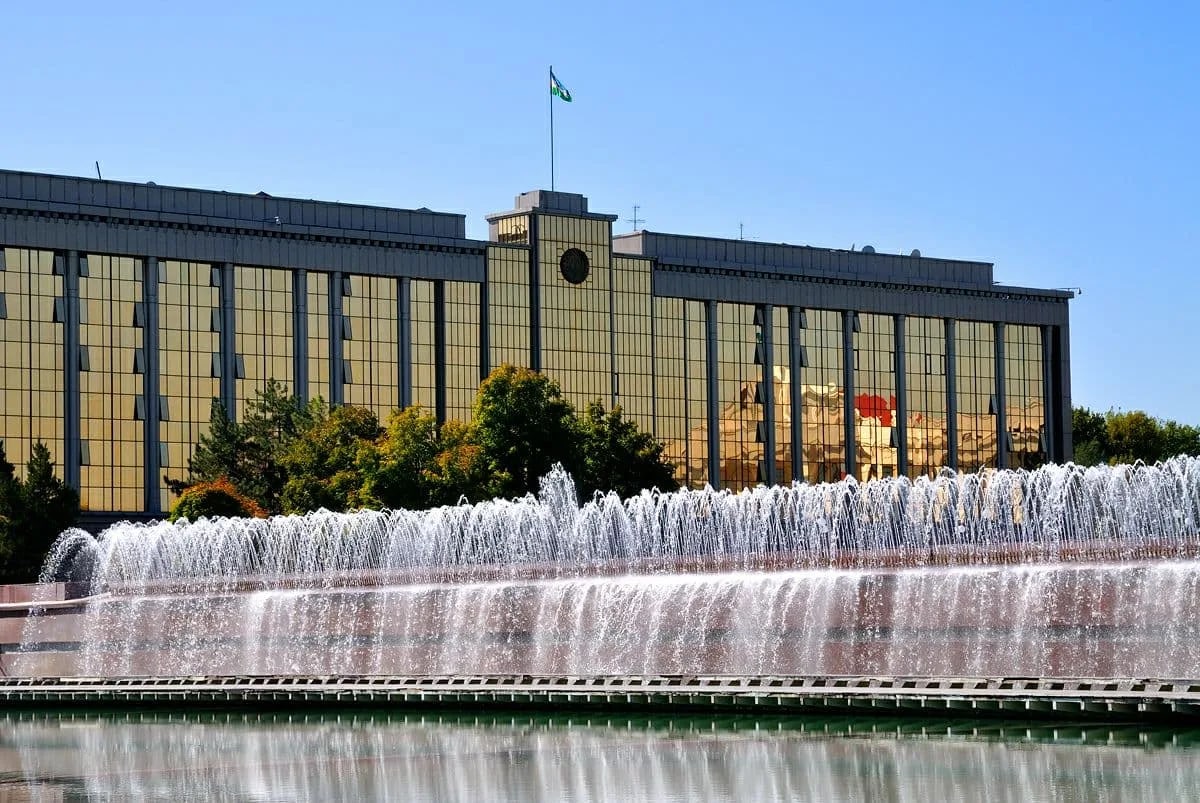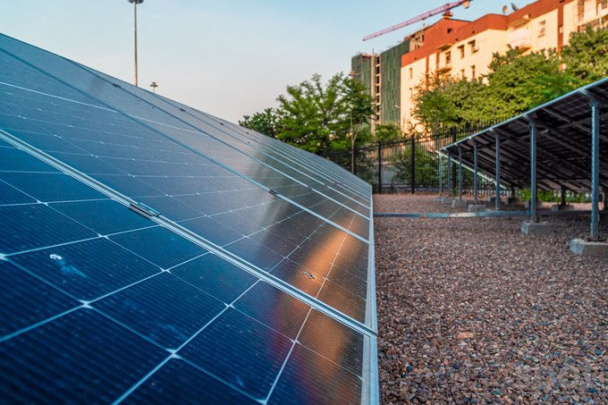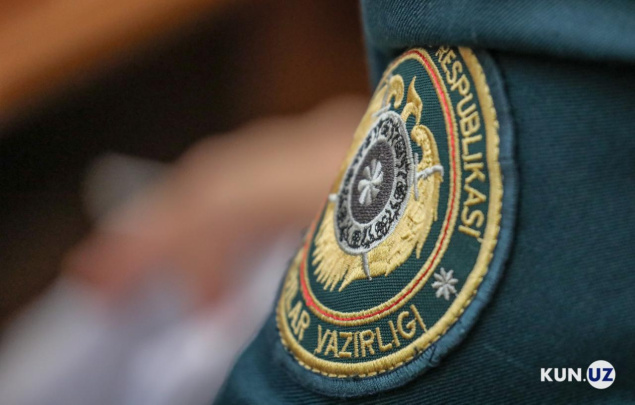Number of deputy prime ministers being reduced by half
The number of executive bodies subordinated to the government is reduced from 61 to 28, including the number of ministries from 25 to 21, according to the presidential decree “On measures to implement administrative reforms of New Uzbekistan”.

“President Shavkat Mirziyoyev in his address to the Oliy Majlis and the people of Uzbekistan on December 20 of this year noted that there is a lot of duplication in the state apparatus, there are unnecessary staff, and high centralization.
In this regard, the head of our state put forward large-scale administrative reforms in order to transition to a compact and efficient state management system.
In order to implement these long-prepared and deeply analyzed reforms, the head of our state signed a document of historical importance in the life of our country – the decree “On measures to implement administrative reforms of New Uzbekistan” and a decision on effective organization of its execution was signed,” Sherzod Asadov wrote on Telegram channel.
What will change with the new ordinance and resolution:
1. First of all, starting from January 1, 2023:
- The number of executive bodies under the government is being reduced from 61 to 28, including the number of ministries from 25 to 21. In this, 20 offices are being completely liquidated;
- the staff of all ministries will be reduced by up to 30%;
- on the basis of advanced foreign experiences, state administration agencies will consist of only ministries, committees, agencies and inspectorates. In this, the ministry is responsible for the implementation of the state policy in the relevant field and leads the committees, agencies and inspectorates within the network.
Starting from January 1, 2023, the Cabinet of Ministers will consist of the following ministries:
- Ministry of Investments, Industry and Trade;
- Ministry of Economy and Finance;
- Ministry of Mining and Geology;
- Ministry of Construction and Housing and Communal Economy;
- Ministry of Poverty Reduction and Employment;
- Ministry of Higher Education, Science and Innovation;
- Ministry of preschool and school education;
- Ministry of Natural Resources;
- Ministry of Youth Policy and Sports;
- Ministry of Agriculture;
- Ministry of Water Resources;
- Ministry of Digital Technologies;
- Ministry of Justice;
- Ministry of Transport;
- Ministry of Culture and Tourism;
- Ministry of Defense;
- Ministry of Energy;
- Ministry of Health;
- Ministry of Foreign Affairs;
- Ministry of Internal Affairs;
- Ministry of Emergency Situations.
2. Out of the current 8 Deputy Prime Ministers and 3 Advisors to the Prime Minister, only 4 Deputy Prime Ministers are left in the government.
The Deputy PM does not simultaneously hold a ministerial or other leadership position and does not directly manage the activities of ministries and other state agencies.
120 of the existing 269 states will remain in the executive structure of the Cabinet. At the same time, the apparatus of the Cabinet of Ministers, which consists of the secretariats, departments and departments under them for the economy and social spheres, Also, the apparatus of the Cabinet of Ministers, which consists of the Inspection of Cultural Heritage Protection, the Department of Financial and Material-Technical Support of Military Structures, and the Department of issues of Mahalla and the Elderly Support, is being terminated.
In its place, the Prime Minister’s Secretariat is being established, which provides legal, organizational-technical, information-analytical and protocol activities of the head of government.
3. The political status, powers, political responsibilities and accountability of the ministers before the President, Parliament and the public are increasing sharply. Their independence in the use of funds allocated to the sector is being determined.
Also, within the framework of allocated funds and general staff unity, ministers are given the authority to independently determine their structure.
A system is being introduced that works directly with the PM, using the constitutional status of ministers. That is, drafts of Government decisions, important socio-economic issues in the life of our country are discussed and resolved collegially with the participation of ministers.
To simply put, ministers will:
- develop new decision projects by themselves;
- defend the urgency, organizational and financial mechanisms and expected results of the draft decision in front of the members of the Government.
4. The functions of the ministries and agencies will be revised, and those that duplicate each other will be reduced. In this case, the state functions transferred to the private sector will be multiplied by at least 3 times.
5. Target indicators that each ministry must achieve during the year are determined by the President of the Republic of Uzbekistan.
At the beginning of each year, the ministers prepare and present to the public a program of actions to achieve the target indicators set by their deputies.
In the same way, the heads of the local departments of the ministries also develop a regional development program for the achievement of target indicators and present it to the public.
Ministers and the heads of its regional units are scheduled to issue a public report on the implementation of these programs and the achievement of target indicators by the end of the year.
6. In order to ensure openness in public administration, to move to a digital management model, the practice of accepting and announcing the orders and decisions of the ministries through the electronic system E-qaror is being launched.
7. In order to reduce the costs of maintaining the state administration apparatus in the ministries:
- working methods based on modern technologies such as remote “online reception”, “virtual visit” will be expanded;
- energy consumption will be gradually reduced, including through the introduction of energy-efficient technologies.
In general, by decree and decision, a number of other innovations are being introduced to improve the activity and work system of executive authorities of the republic.
Related News

17:58 / 04.09.2024
Income tax rate for catering establishments to be reduced by half

15:23 / 24.08.2024
Textile companies to be granted preferential loans for purchase of cotton

19:16 / 23.08.2024
Uzenergoinspeksiya management to be transferred from Ministry of Energy to CabMin

15:35 / 22.08.2024



